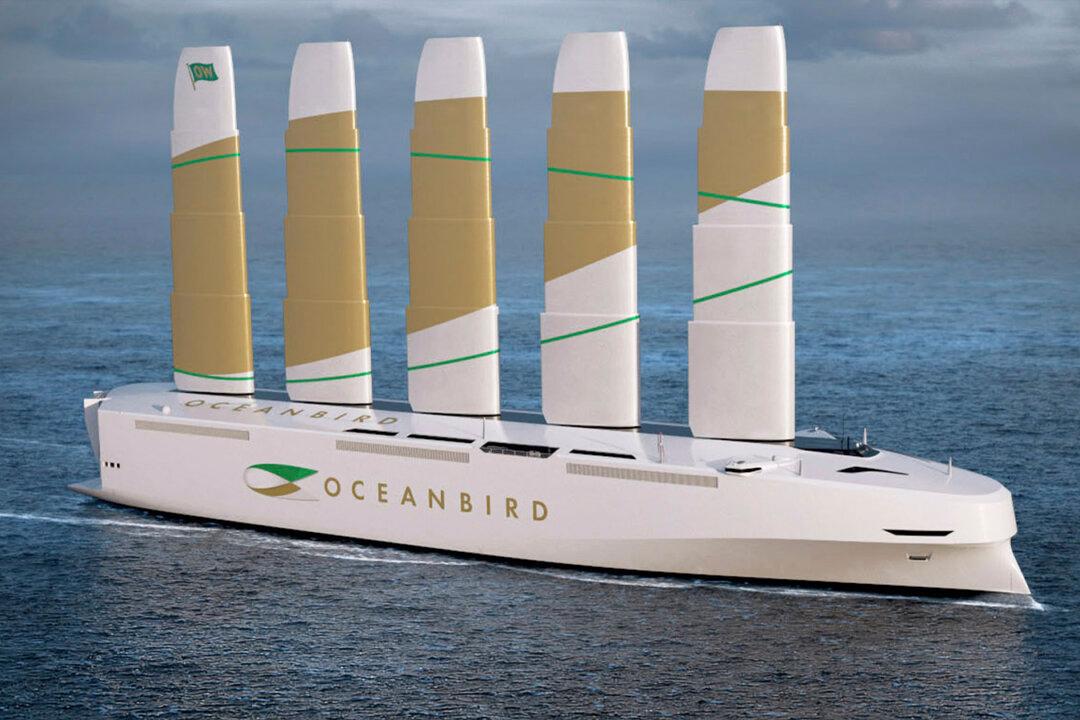Scientists have long warned of the environmental impact of overseas shipping.
But now, a new type of car carrier has been designed by Swedish researchers with the aim of reducing that impact. The ship, dubbed Oceanbird, utilizes massive “wings” as its primary mode of propulsion rather than conventional engines.






